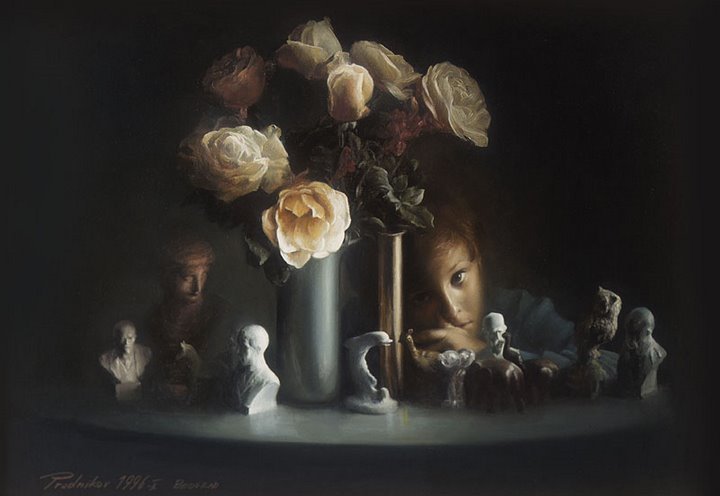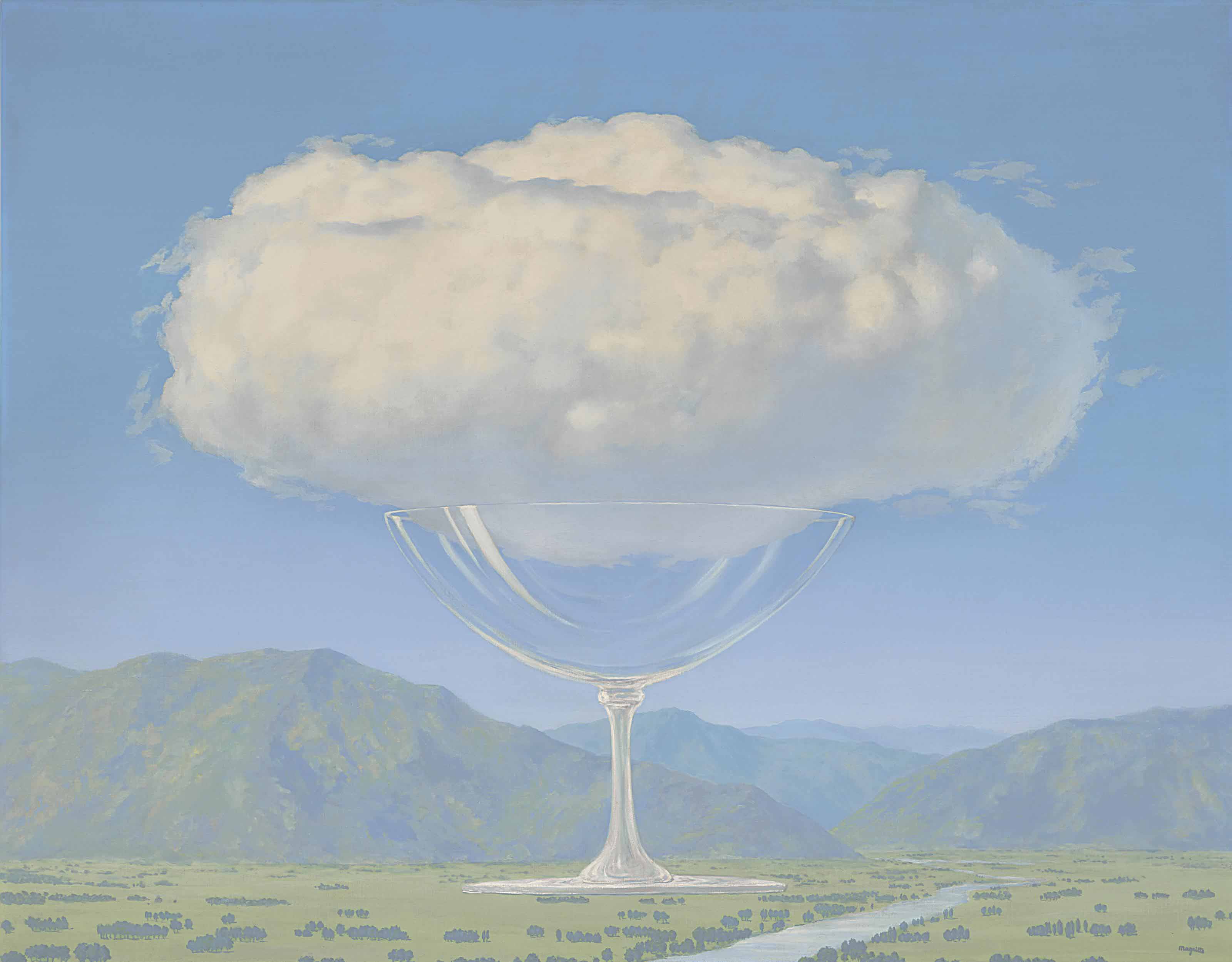“The Grande Creuse by the Bridge at Vervy” is an evocative landscape painting by the renowned Impressionist artist Claude Monet, created in 1889.
This artwork is an exemplar of the Impressionism movement, which celebrates the play of light and color in nature.
Monet’s work often features outdoor scenes that convey the transient beauty of the environment through his distinctive brushwork and vibrant chromatic palette.
As a landscape painting, this piece continues the tradition of rendering the natural world, which has been a subject of artistic interpretation for centuries.














